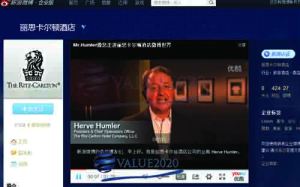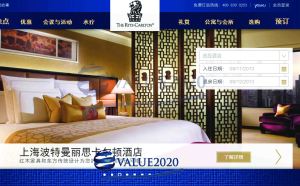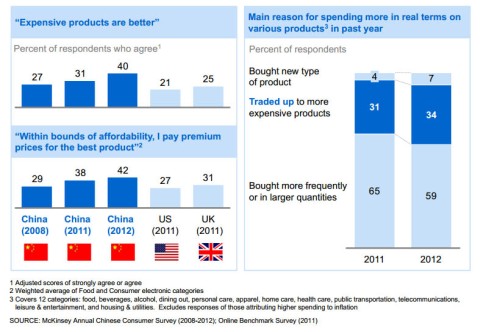As explained before, to succeed in China, a brand needs to go beyond the data and immerse itself in the culture in order to develop relevant marketing.
In the luxury world, the impression of high quality and dream is very important, so the chosen design should resonate in minds of Chinese.
The brand called Ritz-Carlton understood well they need a specific strategy for China. The firm, owner of 4 hotels in China, launched a new Chinese website and a public account on Sina Weibo
Chinese people have a high level of customer’s appreciation for History (traditions, History and heritage). The Ritz-Carlton brand took that into considerations with digital channels reflecting that tradition, while also demonstrating that the brand is speaking to the audience in a way that is culturally relevant.
It seems the team who worked on the strategy knows China. For example, the blue color is usually associated with immortality and wisdom. This could explain the use of shade of blue for its richness (similar to the blue color found on Chinese porcelain). Ritz Carlon is doing good but should do better than that: they missed some important other elements for Chinese consumers.


















You must be logged in to post a comment.